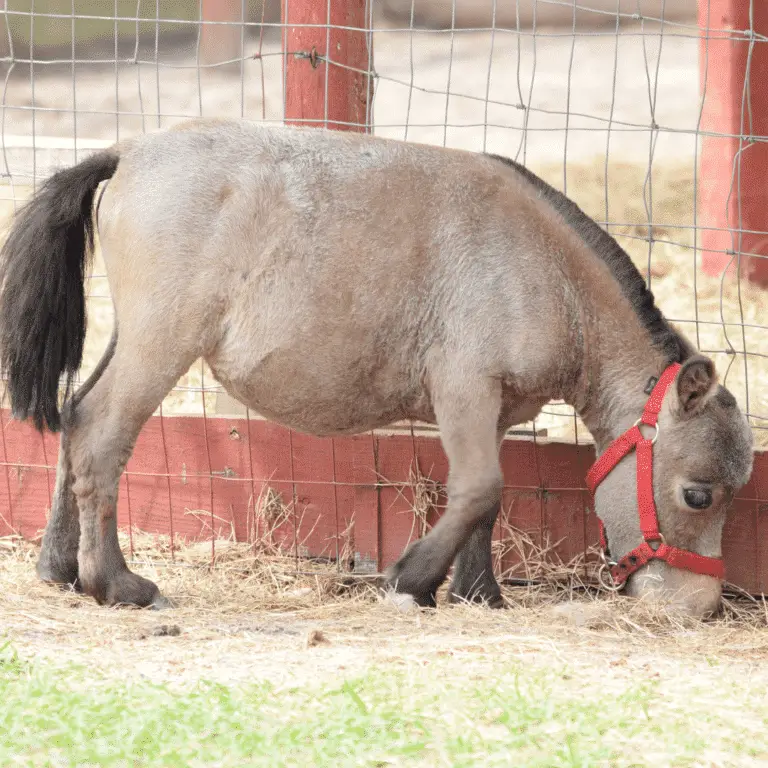
Epiphysitis
Epiphysitis in Horses Seek veterinary advice if you suspect this disease. Epiphysitis, also known as physitis, is a generalized bone disease of young, growing horses that is characterized by the enlargement of the growth plates in long bones such as the tibia,





